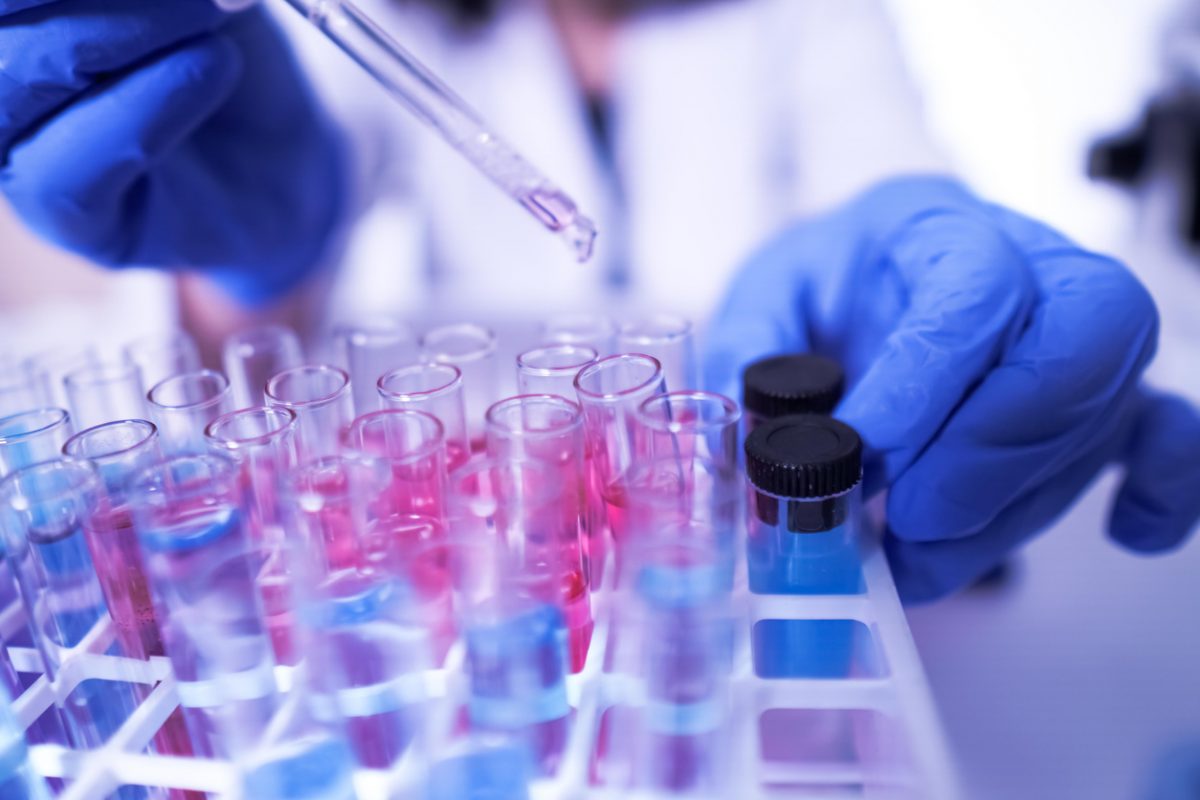New technology uses nanomaterials of gold and hafnium and can be adapted to detect other pathogens.
The first rapid test for monkeypox has been developed by a research team led by Pennsylvania State University in the US. It is based on nanomaterials of gold and hafnium and can detect the virus within minutes. Current tests require samples to be analyzed in the lab, which can take several days.
The technology, described in the journal Advanced Functional Materials, uses so-called plasmonic nanoparticles as a molecular sensor, which have unique properties due to their size and shape. Spherical gold nanoparticles – so small that they are considered zero-dimensional – and two-dimensional hafnium disulfide nanoplatelets were used to create a novel structure whose optical properties change significantly upon contact with genetic material. Compared with previous plasmonic tests for detecting pathogens, sensitivity has been improved, explains study leader Professor Dipanjan Pan.
Rapid tests – the only way to contain monkeypox
Since the first human case of monkeypox in the 1970s, the disease has been considered endemic in Nigeria and parts of Central and West Africa, but the virus has spread to more than 100 countries since last May. Nearly 87,000 infections have occurred worldwide, one-third of them in the United States, according to the Penn State release.
Since therapeutics and vaccines currently do not adequately protect against infection and the virus can be transmitted days before symptoms appear, rapid diagnosis is the only way to contain it, Pan said. The newly developed method could therefore help prepare for the next epidemic or even pandemic. By modifying the molecules, it could also be tailored to detect future mutations as well as other viruses, bacteria or fungi. Once clinical validation of the tests is complete, the researchers plan to seek commercial partners to bring the technology to market.
Also of interest: With the help of germanium, researchers have achieved an important step in the development of technology that could be used to reliably diagnose pathogens such as coronavirus at home in the future.
Photo: iStock/appledesign


